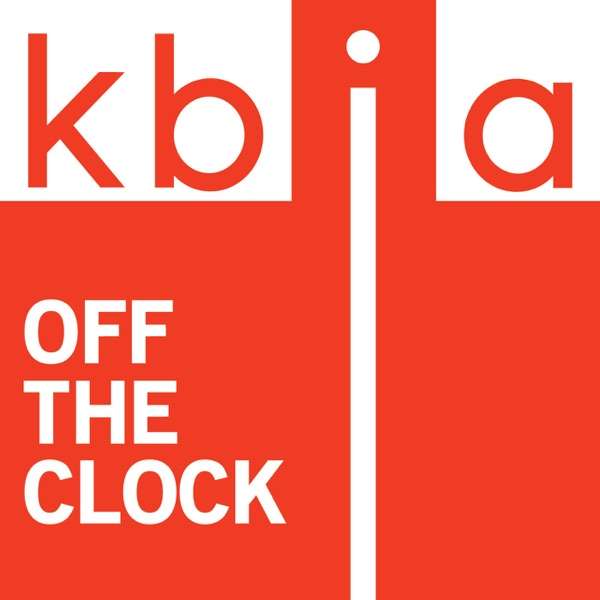Social media is a part of our everyday lives. It is an outlet for creativity, a way of staying connected, a source for learning, and a platform for organizing. But like any powerful tool. It can also be dangerous.
The social media company TikTok has knowingly ignored its own dangers, so today my office is suing TikTok for preying on Minnesota’s young people for violating Minnesota law with addictive algorithms and exploitative features. In our lawsuit we allege:
* TikTok has violated the law by designing features that cause users — especially children — to compulsively and excessively use the app such that they are mentally, physically, and financially harmed.
* TikTok has violated the law by their live streaming and virtual monetary features that it knows induces compulsive use of the app and is used for financial and sexual exploitation of children.
* TikTok has violated the law by repeatedly and knowingly misrepresenting the safety of the app when it knows that design features of the app are causing or contributing to compulsive use that harms users.
* TikTok has violated the law by also knowingly misrepresenting the safety of the app’s live and virtual monetary features, when it knows those features were being used for criminal and sexually exploitative purposes.
* TikTok has violated the law by failing to become licensed, make disclosures, and submit to examinations by the Minnesota Department of Commerce because it is engaged in money transmission and virtual currency business activity.
This isn’t about free speech. This is about deception. This is about a company knowing the dangerous effects of its product, but taking no steps to mitigate those harms, or inform users of the risks.
Let’s walk through the harm TikTok has caused.
95% of smartphone users in the United States aged 13-17 have TikTok on their devices. That means hundreds of thousands of Minnesota kids.
TikTok’s own data shows that, on average, these young people spend almost two hours a day on the app. More than 20% use the app in the middle of the night. And I know just about every parent of young children in this state could tell you about how hard it is for kids to turn away from apps like TikTok once they start scrolling.
Well, all of that is by design.
TikTok has created a dangerously addictive platform that exploits the unfinished reward systems in our kids’ brains. The neurological systems that control our desires for risk-taking, attention, and peer reinforcement are particularly sensitive in teens. TikTok has designed its app to exploit that vulnerability.
There’s science behind this, and we all feel it. The urge to pick up your phone, the inability to ignore notifications, the desire to keep scrolling for “just a few more minutes.” These are the products of an engineered addiction – and adults have a hard enough time overcoming them. For our kids, it’s an unfair battle.
Former Surgeon General Vivek Murthy put it this way: “you’re pitting a child against the world’s greatest product designers and that’s just not a fair fight.”
TikTok is intentionally designed to push our children to make choices that benefit TikTok’s bottom line, at the expense of our kids’ emotional, behavioral and physical health. Here’s how:
* The algorithm leverages user data to push content that keeps users engaged.
* The infinite scroll that keeps users in an endless state of swiping – there’s no way to “finish” the content.
* Push notifications encourage repetitive checking of the App – which kids 13-17 do 17 times a day on average
* TikTok LIVE’s unlicensed virtual currency system encourages excessive and exploitative spending.
* And visual filters and effects create idealized and unattainable images of users
This is digital nicotine. Just like Big Tobacco designs its products to addict you to them, TikTok is working to create TikTok addicts. And the worst part is, it’s working. TikTok is profiting, and our kids are paying a heavy price.
Studies show that compulsive use of apps like TikTok leads to increased irritability and anxiety, and higher risks of suicidal behaviors. Research tells us that prolonged use of TikTok specifically can lead to disrupted sleep, reduced physical activity, body dissatisfaction, disordered eating, low self-esteem, and self-harm.
So, it’s not a coincidence that as screen time is at an all-time high in Minnesota, we’re seeing record levels of children suffering with mental health issues. In 2013, just a quarter of Minnesota’s eleventh graders reported challenges in building friendships with other young people. By 2022, that number reached 40%.
None of this is news to TikTok. They know the dangers their app poses to young people, but they’ve never taken any real measures to address them.
Take TikTok LIVE – the live streaming platform within the app. Their own internal documents tell us that TikTok knew – but never warned us – that live streaming encourages addictive and impulsive purchases and puts minors at developmental risk.
When you combine livestreaming with virtual tipping, you get a strip club. That’s what TikTok built. They know that live is built on transactional gifting, and minors are doing it.
TikTok knew but never warned us that 40% of TikTok users encounter inappropriate content related to children, and that its own moderation systems miss a significant amount of harmful material depicting child exploitation.
TikTok knew but never warned us that its LIVE tools were putting young users at risk of grooming or exposure to inappropriate content, but kept pushing that content because it was good for their bottom line.
My bottom line is that Minnesota will protect our kids, so I’m taking them to court. We’re not trying to shut them down – but it’s long past time for them to clean up their act.
My kids are grown now, and I’m thankful that I didn’t have to navigate these waters while they were young. But I feel for the parents of young kids who are trying to keep their kids safe in the social media era. I pledge to them and to their kids that my Office and I will always be on their side.
If you or your family have stories about how TiKTok has impacted your health or wellbeing, you can visit our website and share them with us through our social media complaint form. Sharing those stories helps our investigation and can help other families stay safe.
This is a public episode. If you would like to discuss this with other subscribers or get access to bonus episodes, visit
affordingyourlife.substack.com
 Our TOPPODCAST Picks
Our TOPPODCAST Picks  Stay Connected
Stay Connected







